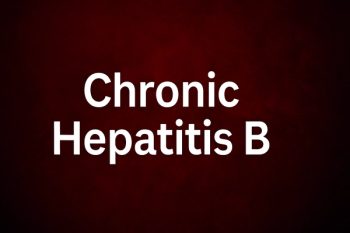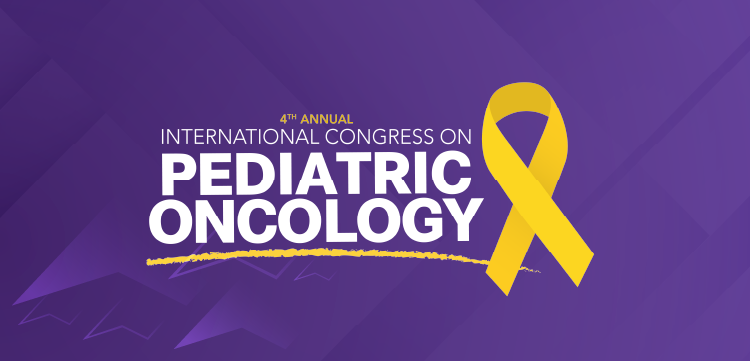
Microbes & Hosts Fight to Acquire Essential Metals: This Battle May Open the Door for New Treatments
Elizabeth Nolan, PhD, and her team at the Massachusetts Institute of Technology, recently explored the fight between microbes and hosts over essential metals and how understanding this battle may open the door for alternate treatments for bacterial infections.
Every time that a bacterial infection occurs within an individual, microbes and hosts engage in a persistent battle over precious metals, such as iron. The host struggles to keep these essential metals away from the microbes, which need them for their survival. In this battle, both the host and the microbes release a number of molecules and proteins. Researchers, such as Elizabeth Nolan, PhD, an associate professor of chemistry at the Massachusetts Institute of Technology (MIT), hope that further analysis of this struggle will provide insight that may help inform the development of new drugs that can be used in the fight against bacterial infections.
In a recent
Essential metals such as iron, calcium, magnesium, and zinc assist cells in performing a variety of functions, such as, “cell respiration, catalyzing chemical reactions, signal transduction, and maintaining structural integrity of proteins and nucleic acids.” In fact, 30% of cell proteins need assistance from the aforementioned metals.
Dr. Nolan, head of the Nolan Lab at MIT, created a research program that would focus on how microbes and hosts fight for these essential metals. One of her team’s projects specifically focused on
The team sought to take a closer look at this extraction process to see if further understanding could inform potential therapeutic avenues. They intervened on this process by using these molecules to bring antibiotics back into bacterial cells instead. Dr. Nolan and her team found that by doing this, they could avoid killing microbe species that are actually beneficial; by adhering antibiotics to specific siderophores, only certain bacterial strains are targeted, and thus, only harmful microbes would be eliminated.
This isn’t the only time that Dr. Nolan and her team used Salmonella siderophores to increase their understanding. In another past
According to the
An approach like this may have the potential to substitute for antibiotic use, which is needed in a world that is experiencing increased antibiotic resistance. According to Dr. Nolan, “We have a huge problem in terms of infectious disease and antibiotic resistance. One aspect we like about our strategy is that it’s
In addition to her work with siderophores, Dr. Nolan has also
These findings and future research work toward a common goal: to be better prepared when it comes to bacterial infections. Through the creation of new strategies that are narrow-spectrum, researchers are working to better fight against these harmful infections and lessen the risk of these pathogens developing resistance to antibiotics.
Newsletter
Stay ahead of emerging infectious disease threats with expert insights and breaking research. Subscribe now to get updates delivered straight to your inbox.

















































































































































































































































































































